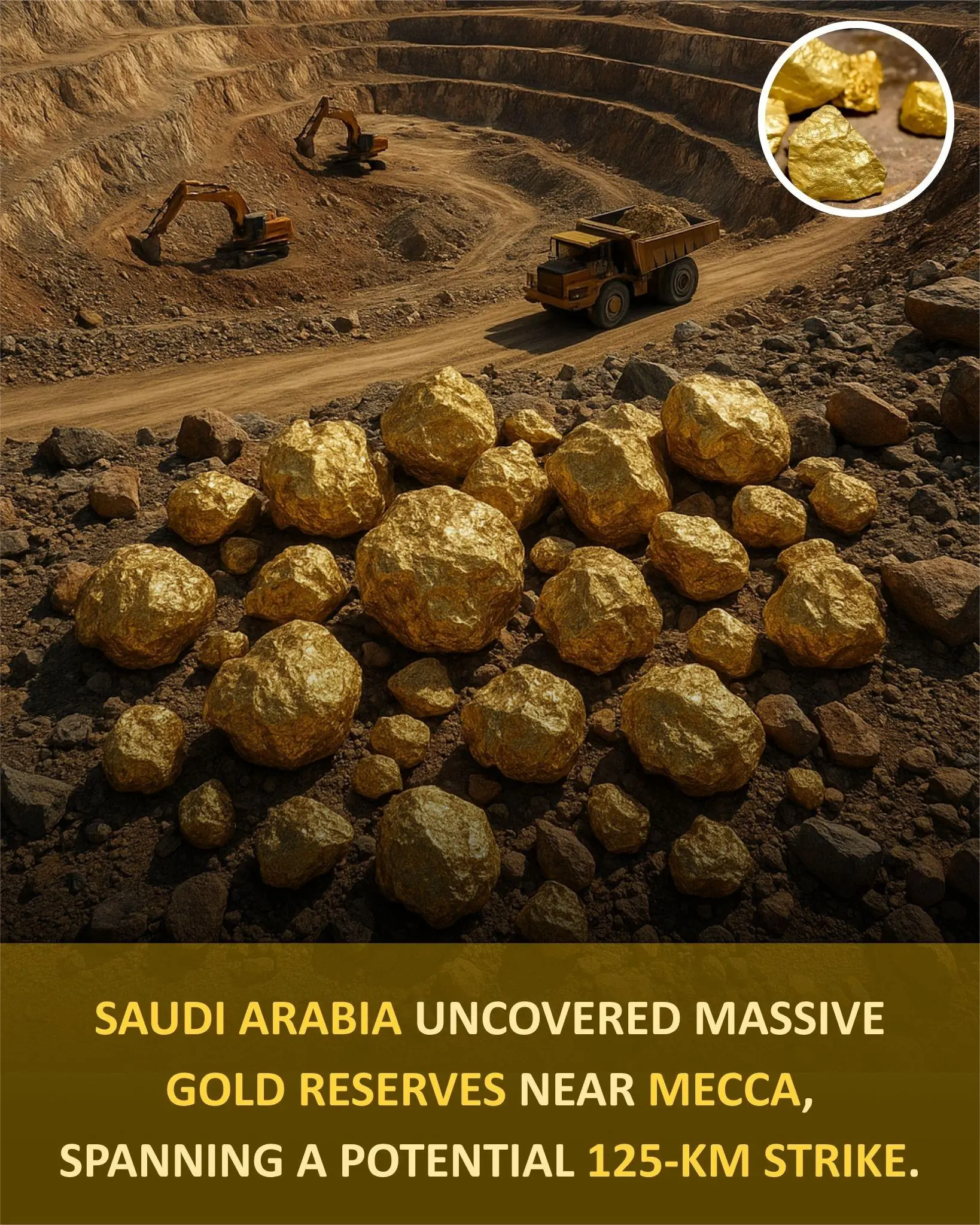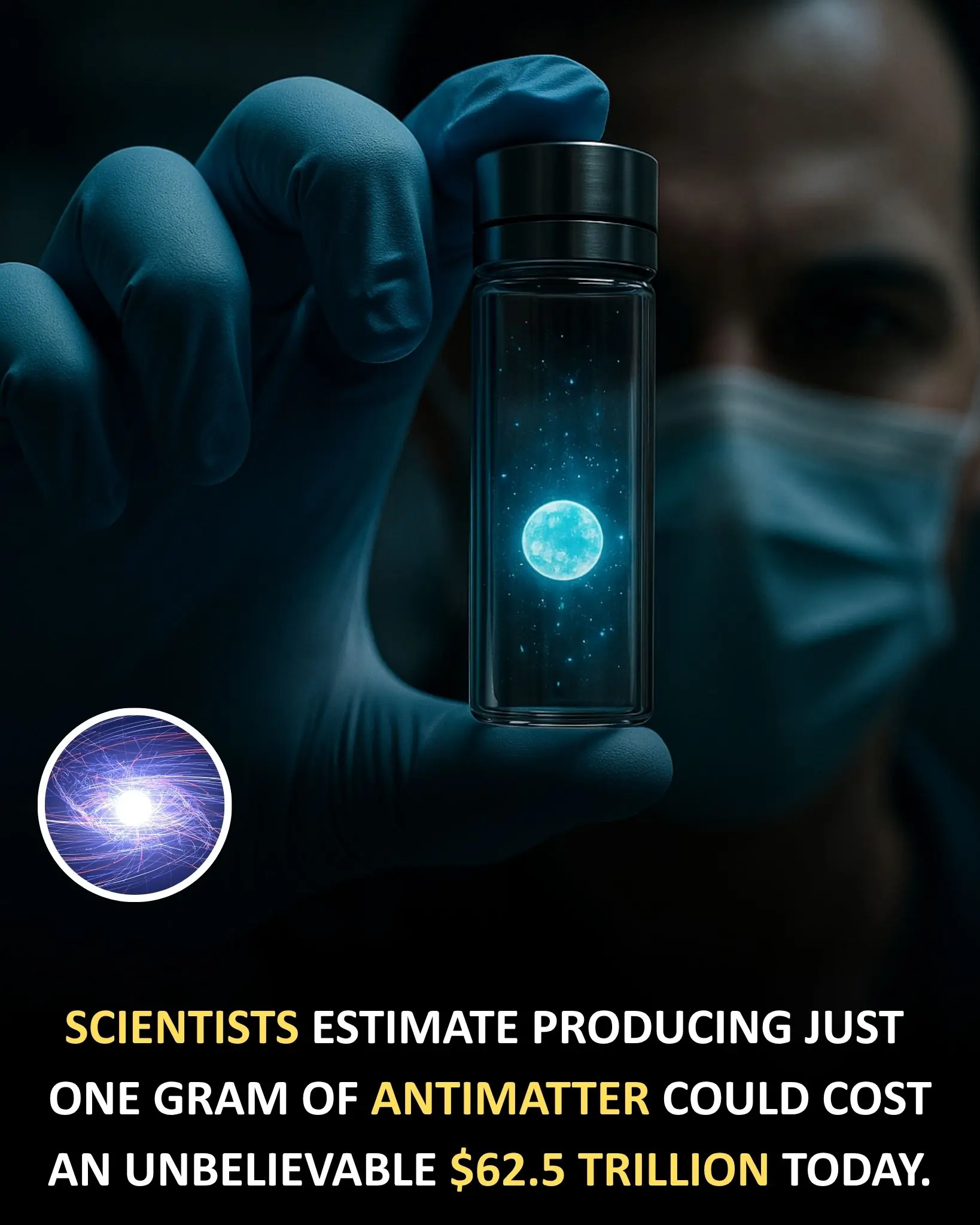
Antimatter: Why the Universe’s Rarest Material Could Be Worth Trillions
Antimatter — the mysterious counterpart to ordinary matter — has fascinated scientists and science-fiction fans alike for decades. But beyond its role in futuristic energy concepts and starship engines, antimatter is very real and breathtakingly expensive. Producing even the tiniest amount requires extraordinary technology and energy, making it one of the most costly substances known to humanity.
The Price Tag That Stuns the Imagination
Physicists at facilities like CERN’s Antimatter Factory can create only minute amounts of antimatter, typically in the form of antihydrogen or antiprotons. Current technology produces it one particle at a time in high-energy accelerators. Because of this painstaking process, some estimates place the cost of manufacturing just one gram at a staggering $60 trillion or more.
This figure comes from extrapolating the energy and infrastructure required to scale up from the nanogram levels scientists have actually made. For perspective, CERN has produced only billionths of a gram — and that has taken decades of research and some of the most advanced equipment ever built.
Why It’s So Hard to Make
Creating antimatter involves colliding particles at nearly the speed of light and isolating the resulting antiparticles with powerful electromagnetic fields. The yield is tiny; most energy used is lost as heat or other particles, making the process hugely inefficient.
Storage is even harder. Antimatter annihilates instantly on contact with normal matter, releasing energy. To hold it safely, scientists must use sophisticated vacuum traps and magnetic fields — an enormous technical challenge that adds to the cost.
What Makes It Valuable
Antimatter isn’t just a curiosity. When matter and antimatter meet, they convert their entire mass into pure energy following Einstein’s E = mc². One gram of antimatter reacting with one gram of matter would release energy equal to about 43 kilotons of TNT — roughly the power of a nuclear bomb.
Because of this incredible energy density, antimatter is sometimes imagined as a future fuel for deep-space propulsion or even advanced medical therapies, such as highly targeted cancer treatment using positrons (antimatter electrons). But these applications remain far beyond our current production capabilities.
A Long Road Ahead
For now, antimatter is firmly in the realm of cutting-edge physics research, not practical use. The “trillions per gram” figure is a theoretical cost, not a market price — no one can or does make antimatter at that scale today. But it underscores the incredible difficulty of creating and containing this exotic form of matter.
Still, as technology improves and production methods become more efficient, the price could one day drop dramatically. Until then, antimatter remains one of science’s most elusive and expensive frontiers — a reminder of how far we’ve come, and how much is still left to discover.
News in the same category


CRISPR Gene Editing Moves a Step Closer to an HIV Cure — But Scientists Urge Patience

Scientists Trace Rising Early-Onset Colon Cancer to DNA-Damaging Bacterial Toxin

Six Years of Patience Rewarded: Photographer Captures Rare Moon, Mountain, and Basilica Alignment Over Turin

Bear Caesar freed after years in cruel torture vest

Gym Bros, Monks, Retirees: Thousands Rush to Taiwan’s Guangfu to Clean Up After Devastating Flood

A critique of pure stupidity: understanding Trump 2.0

China’s Remarkable Railway Feat: 1,500 Workers Complete Complex Track Project in Just Nine Hours

The Platypus: One of Nature’s Strangest and Most Fascinating Mammals

Saudi Arabia Announces Major Gold Discovery Near Mecca, Boosting Mining Ambitions

Nurturing Hearts Before Grades: Japan’s Unique Approach to Early Schooling

Rare Wondiwoi Tree Kangaroo Seen Again After Nearly a Century

3 types of shirts you should never wear to a funeral

31-Year-Old Man Invited 89-Year-Old Neighbor To Live With Him To Spend Her Last Days In Company

Saudi Arabia Announces Major Gold Discovery in Makkah Region — A Potential New Mining Belt

After 32 Years, Chinese Mother Reunites With Son Kidnapped and Sold as a Toddler

Taylor Swift’s Quiet Act of Kindness: Helping a Pregnant, Homeless Fan Find Stability

Raging anti-ICE protester forgets to put car in park, watches it sink into lake while yelling at agent arresting illegal alien

Babies Who Wake Up Often at Night Might Be Smarter, Expert Suggests
News Post

Viral Photo of Military Dog Standing Watch Over Sleeping Soldier Captures Hearts — But Full Story Remains Unverified

The Secret of Our Hands: Does It Reveal Wealth or Poverty?

Lion With “Bangs” Goes Viral in China — But Zoo Denies Any Haircut

What Your Sleep Position Says About Your Comfort & Health

Clove Flaxseed Rose Water Toner: Better Than Botox

10 DIY Beauty Cubes for Beautiful & Flawless Skin

13 Reasons You Should Eat Eggs and Sweet Potatoes Every Morning

If your mouth feels dry at night, here are 8 reasons why

CRISPR Gene Editing Moves a Step Closer to an HIV Cure — But Scientists Urge Patience

Scientists Trace Rising Early-Onset Colon Cancer to DNA-Damaging Bacterial Toxin

Cinnamon and Honey: Natural Benefits Backed by Science

Why One Garlic Clove a Day Could Change Your Life Forever

Could Carrots and Tomatoes Be Your Secret to Looking 10 Years Younger After 70? Unveil the Glow!

Unlock the Secret to Luscious, Thick Hair with Magical Onion Shampoo!

Carrot Milk: The Simple Homemade Drink for Health and Flavor

Clove Trick: From Stained Teeth to Sparkling White

Bedbugs Will Disappear from Your Garden in Minutes by Doing This (Natural & Safe Tip!) 🌱✨

How to Increase Testosterone Naturally | 11 Testosterone-Boosting Foods Men NEED to Know About!

